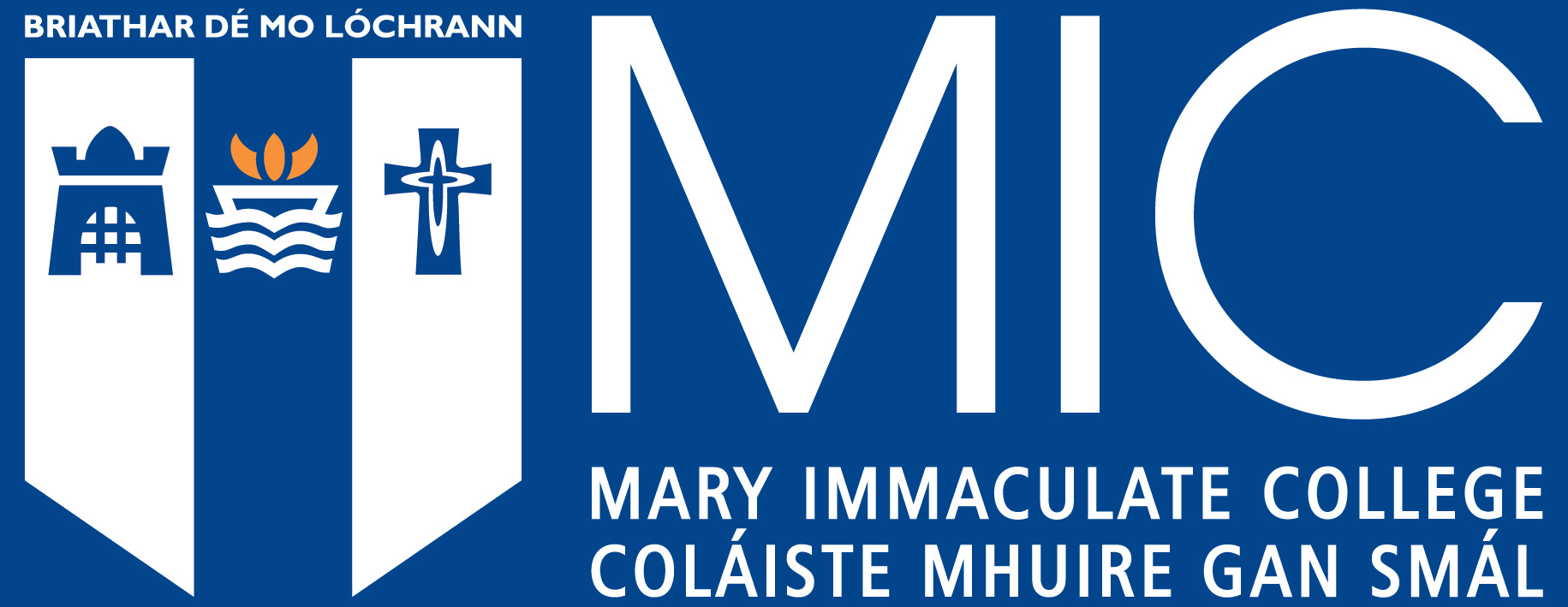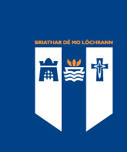A review of "Niger, Musiques des Tuaregs, Vols 1&2 (Azawagh and In Gall)" recorded by François Borel (Pre-published version)
Citation
Langlois, T. (2004) 'A review of "Niger, Musiques des Tuaregs, Vols 1&2 (Azawagh and In Gall)" recorded by François Borel.' Ethnomusicology Forum 13(2), pp. 287-317. DOI: 10.1080/1741191042000286202.
Langlois, T. (2004) 'A review of "Niger, Musiques des Tuaregs, Vols 1&2 (Azawagh and In Gall)" recorded by François Borel.' Ethnomusicology Forum 13(2), pp. 287-317. DOI: 10.1080/1741191042000286202.
Abstract
This excellent pair of CDs is largely compiled from recordings made by Francois Borel between 1971 and the late 1990s. Each takes a specific regional community as its focus and provides a comprehensive cross-section of its musical culture, representing, we assume, an indigenous typology. The illustrated notes (in French as well as English) that accompany the discs provide brief but adequate explanations of the social contexts in which the recordings were made. Biographical details of some individual musicians are also included, which not only informs a listener’s understanding of their role in society but can also illustrate their performative intentions. We are told, for example, that the song ‘‘Amellokoy’’ (vol. 2, track 6) is performed by a man in his sixties who ‘‘has lost some of his vocal capabilities’’ but has ‘‘retained the distinctive traits of the Air style’’, which are subsequently described. For listeners unfamiliar with Tuareg musics these notes are invaluable, as they draw attention to aspects of the recordings that would otherwise be missed. Being personally more familiar with northern Berber musics, I could certainly identify strong ‘‘family resemblances’’ with the rhythmic and melodic structures found here, particularly in the use of the anzad (one-string bowed lute), though associations might just as easily be made with genres found in Mali or even Mauritania. As traditionally transhumant societies, whose neighbours refer to them as Tegareygaret (‘‘in between’’ people), Tuareg groups have clearly played a significant role in the transmission of musical styles across the Sahel, through trade, migration or seasonal interaction with settled communities.
Keywords
ReviewNiger, Musiques des Tuaregs, Vols 1&2 (Azawagh and In Gall)
François Borel
Borel


